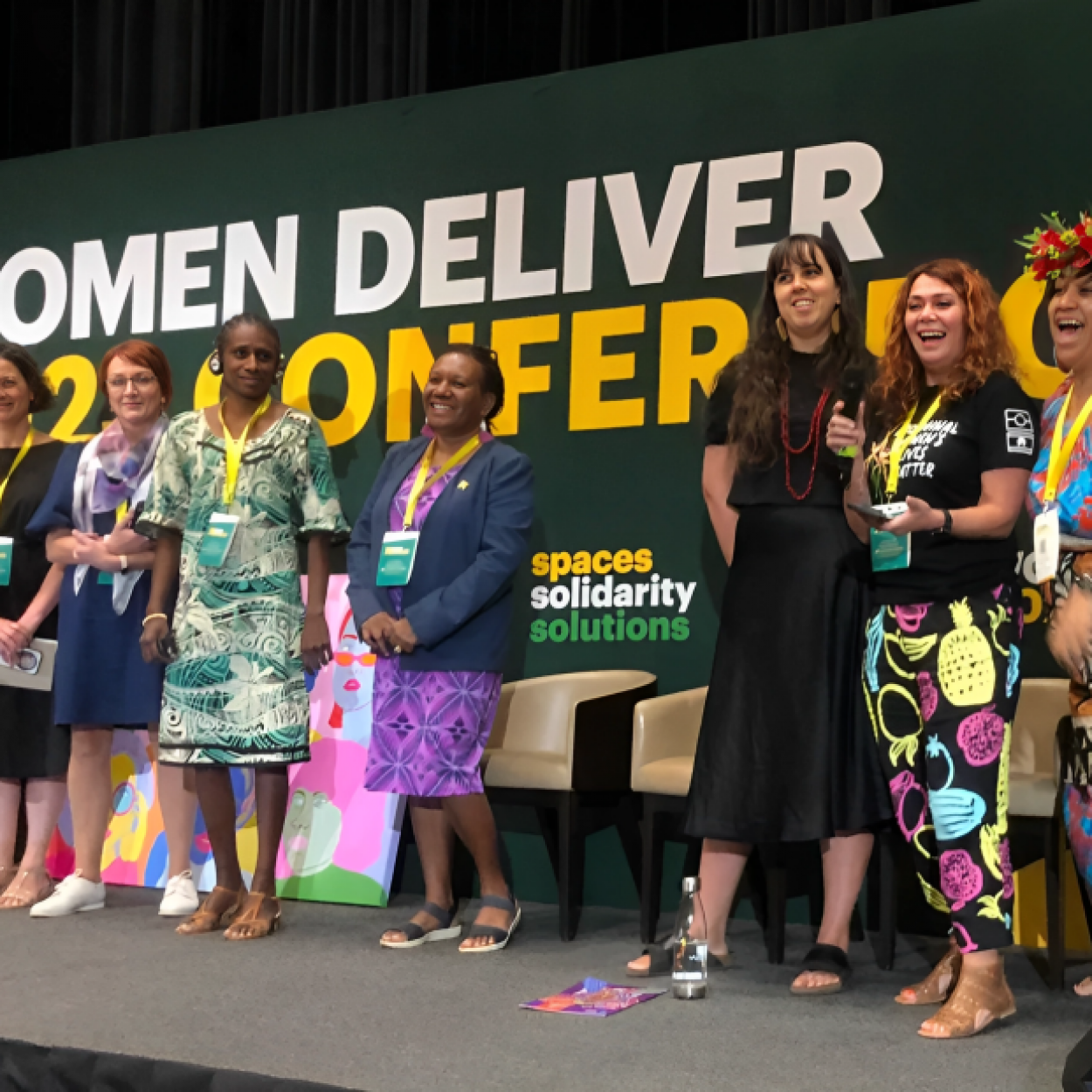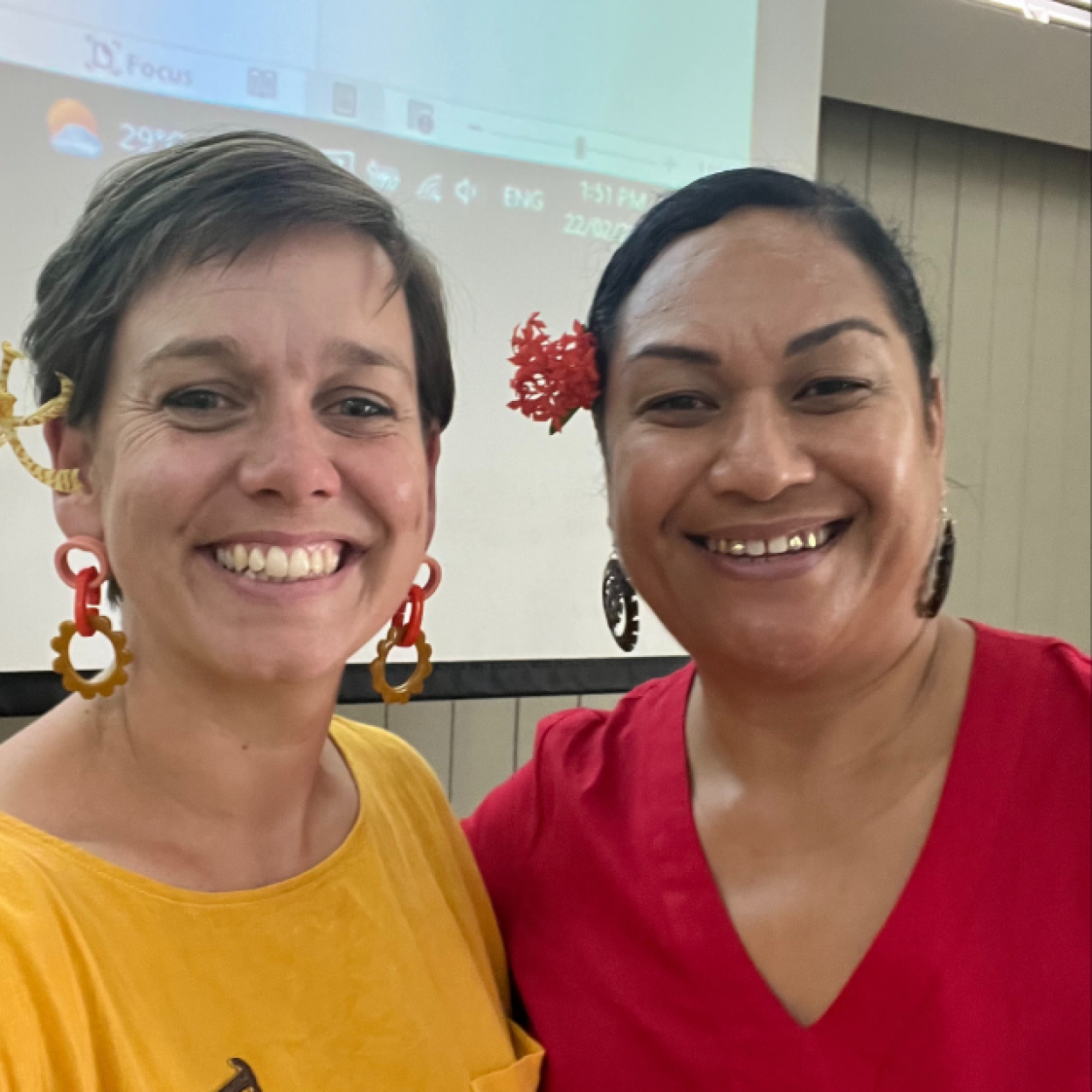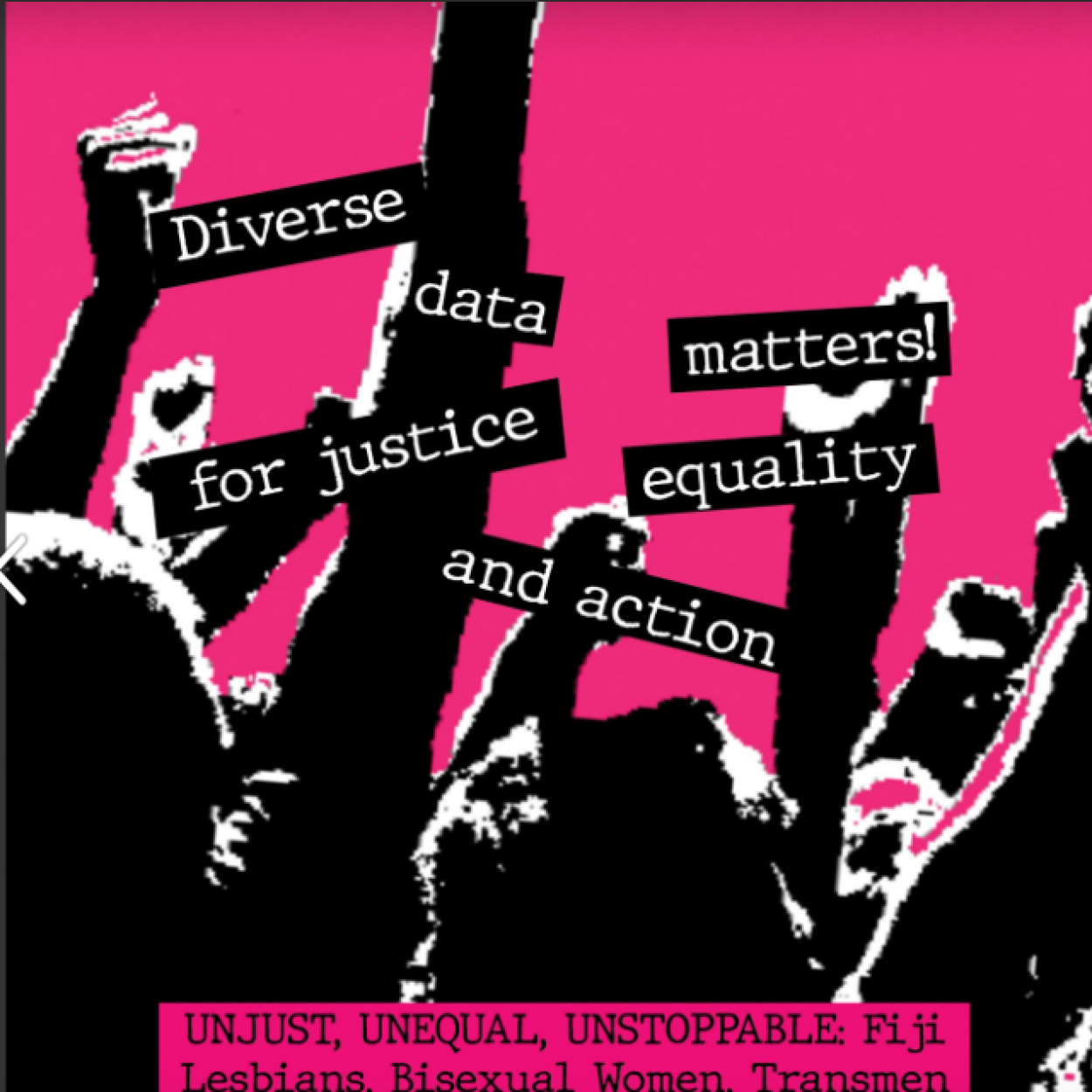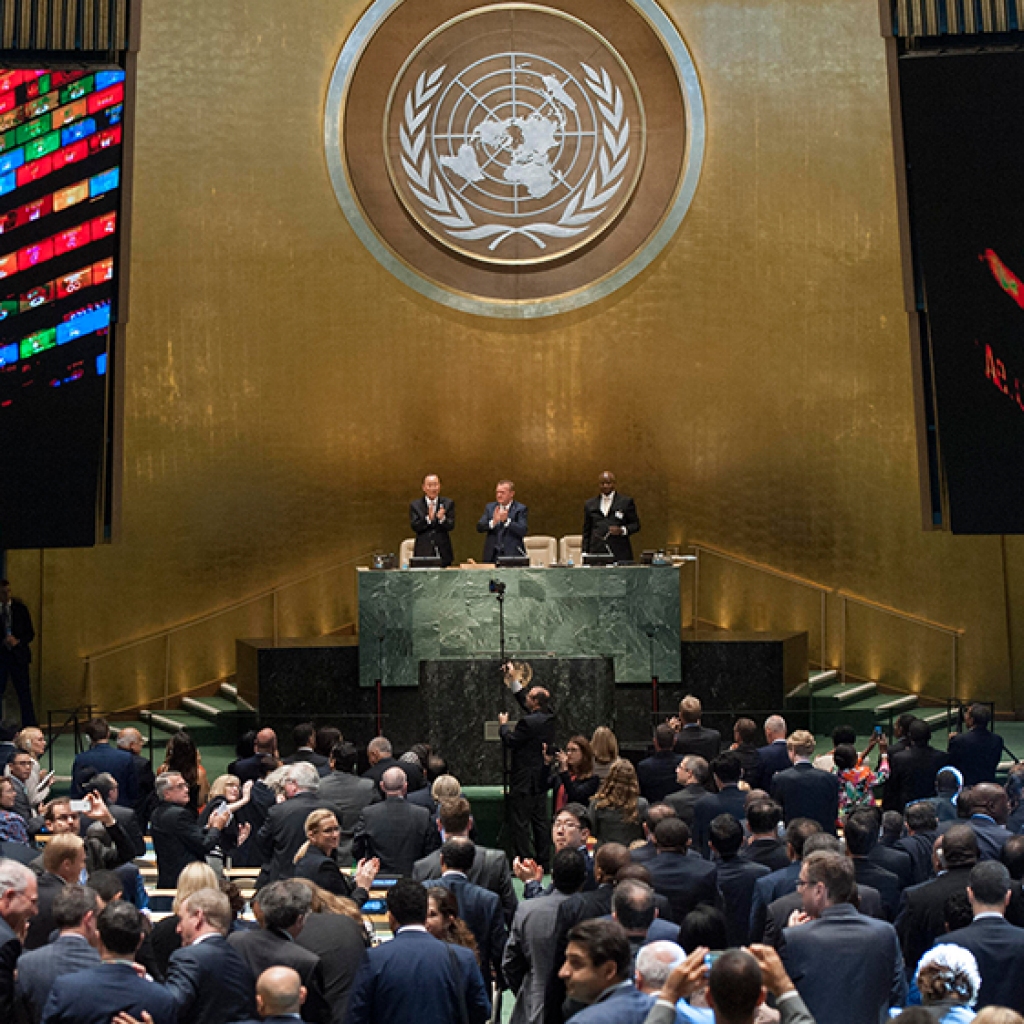
Global Goals: What have we achieved two years on?
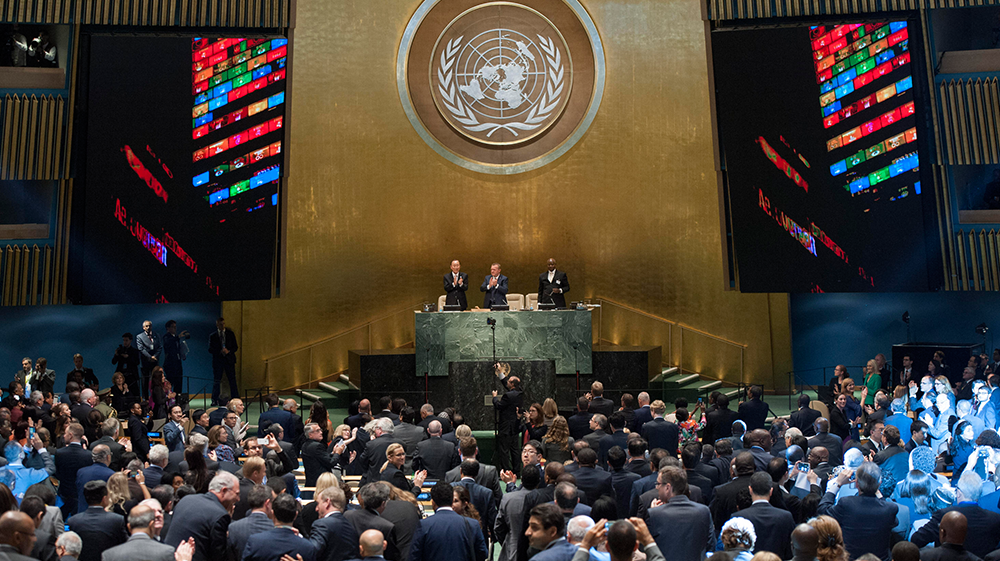
This is the final article in our introductory Global Goals blog series. The series so far has introduced you to the Global Goals, discussed what they mean for Australia and our region, Asia and the Pacific, and how they work at the global level.
Today marks two years since the adoption of the Global Goals for Sustainable Development. Two years since all 193 governments of the United Nations came together to agree that we would take concrete action to transform our world into one that is more peaceful, just and equal, and that we would protect our environment. On this day, we reflect on the progress we have made so far, and what we still need to do to make the vision of the Global Goals a reality.
What Have We Achieved So Far?
Some important steps have been taken at the global level to help us achieve the Goals. A number of countries have developed, or started to develop, strategies and processes for national implementation of the Goals and mechanisms for monitoring progress. There has also been an increase in governments engaging in multi-stakeholder partnerships and some promising recognition of the integrated nature of the Goals and the need to address interlinkages between different goals and targets.
In July, it was also positive to see member states reaffirm commitments to achieving gender equality and women’s rights in the Ministerial Declaration of the High Level Political Forum on Sustainable Development, as well as recognition that achieving gender equality is crucial for achieving progress across all goals and targets. While this affirmation was important, crucial rights were excluded from the Declaration including women’s sexual and reproductive health and rights, as well as any mention of sexual and gender identity and expression.
Global Progress on the Goals
Some progress has been made in ending discrimination against women and girls in laws and policies since the adoption of the Global Goals, however gender inequality persists worldwide and the systemic and structural changes needed still have a long way to go. Women spend up to triple the amount of time on unpaid care and domestic work than men, they remain underrepresented in national parliaments, and violence against women and girls remains a persistent and widespread problem.
Progress in our Region
There has been growing recognition that regional action will be important to help us achieve the Goals. In Asia and the Pacific an important first step has been taken with the creation of a regional roadmap for implementation in Asia and the Pacific.
Some progress has been made for women’s rights in the region, notably in girls’ access to education, and in women’s representation in national parliaments, (Timor Leste is a prime example here). There has also been, on average, an improvement in women’s access to family planning, though progress varies widely across countries in the region.
Despite these notable examples of progress, gender inequality has been identified as one of the most fundamental challenges facing the region and women continue to face discrimination and the violations of their rights across social, economic and political spheres in all countries in Asia and the Pacific.
Progress in Australia
Compared to other countries in our region, Australia fares well on its progress against the Global Goals, with global rankings placing it 26th out of the 157 countries ranked this year. Yet, Australia still has a long way to go to achieve the gender equality goals and targets.
To make sure we are able to meet our gender equality commitments under the Goals, Australia needs to ensure it has an effective and well-resourced mechanism to coordinate action cross Government and to monitor progress. There must also be processes in place to make sure that gender equality is integrated across Australia’s work to achieve all of the Goals.
Importantly, the Australian Government has recently announced that it will present its first Voluntary National Review (VNR) at the HLPF in 2018. This represents an important opportunity for Australia to lead by example in its approach to reporting, including by ensuring gender equality and women’s empowerment is identified as a priority and integrated across Australia’s voluntary national reporting on all of the Global Goals.
It is also important that civil society are engaged in the review and reporting process. Denmark gave us a great example of civil society engagement in this year’s HLPF, which saw the Danish Government representative share presentation of Denmark’s VNR with a representative from civil society.
We Still Have Work to Do
While there have been some important steps taken to implement the Global Goals at the global, regional and at the national level, progress has been slow and must be accelerated if we are to achieve the Goals by the 2030 target. In order to do this there are some important areas we need to focus on.
To begin with, it is essential that gender equality remains at the heart of the work towards achieving the goals and that governments recognise the crucial role of women’s rights organisations and networks in achieving progress across all of the Global Goals. Governments and the international community must also ensure that the needs and perspectives of diverse women and girls are taken into consideration in the implementation, monitoring and review of the Goals. This includes ensuring that global forums like the HLPF or regional forums like the Asia Pacific Forum on Sustainable Development provide space, and where needed resourcing, for women from local communities to attend and have their voices heard.
We also cannot achieve the Goals without resourcing. This includes resourcing at the national level to drive Australia’s progress but also requires governments in developed countries to meet targets for official development assistance (or foreign aid). Yet, instead of moving towards the target of 0.7% of gross national income for development assistance that Australia, and many other developed countries have agreed to, Australian development assistance is at an historic low.
While there are formal spaces for the involvement of civil society in the Global Goals, and some good examples of governments working in partnership when monitoring the Goals, there have been concerns that these spaces for engagement, particularly at the HLPF, are too limited and do not leave room for genuine, substantive participation.
Another key challenge in meeting the Goals is the lack of formal accountability mechanisms for governments. The Goals provide a valuable roadmap for action and spaces for monitoring, review and reporting, but all of this is voluntary. This means the role of civil society in holding governments accountable to meeting these commitments is crucial. There is also an important role for the public to play. You could talk to your local Member of Parliament about how they can work to drive action on the Global Goals.
It has been two years since the world came together to adopt the Global Goals for Sustainable Development. The Goals have the potential to transform our world into one that is more sustainable, equal and more peaceful. A world where the human rights of all women and girls are realised in our nations, in our region and in the world. Some important steps have been taken towards implementation and achieving the Goals in this time. But if we are to make the vision of the Global Goals a reality, we still have much work to do.



